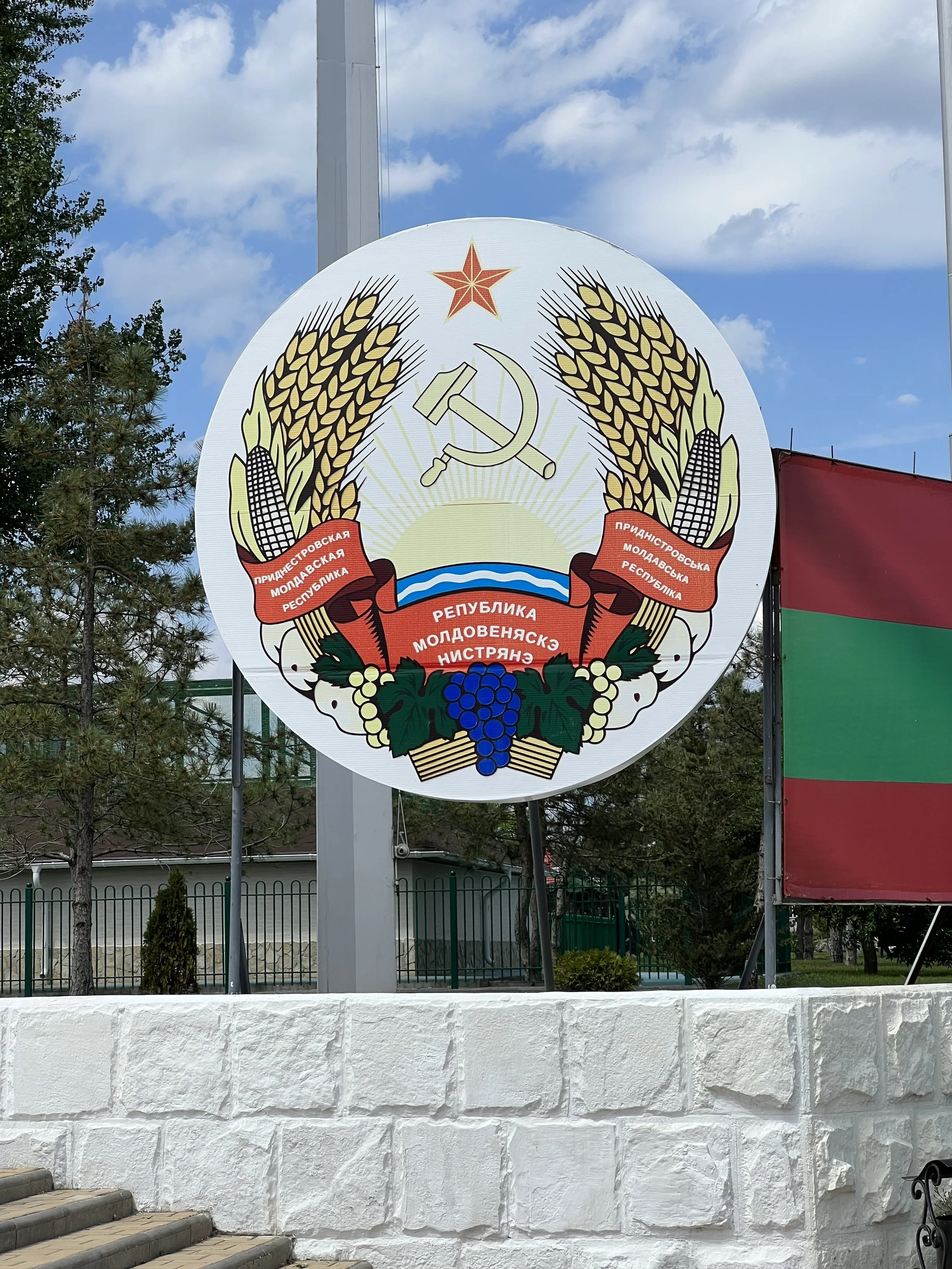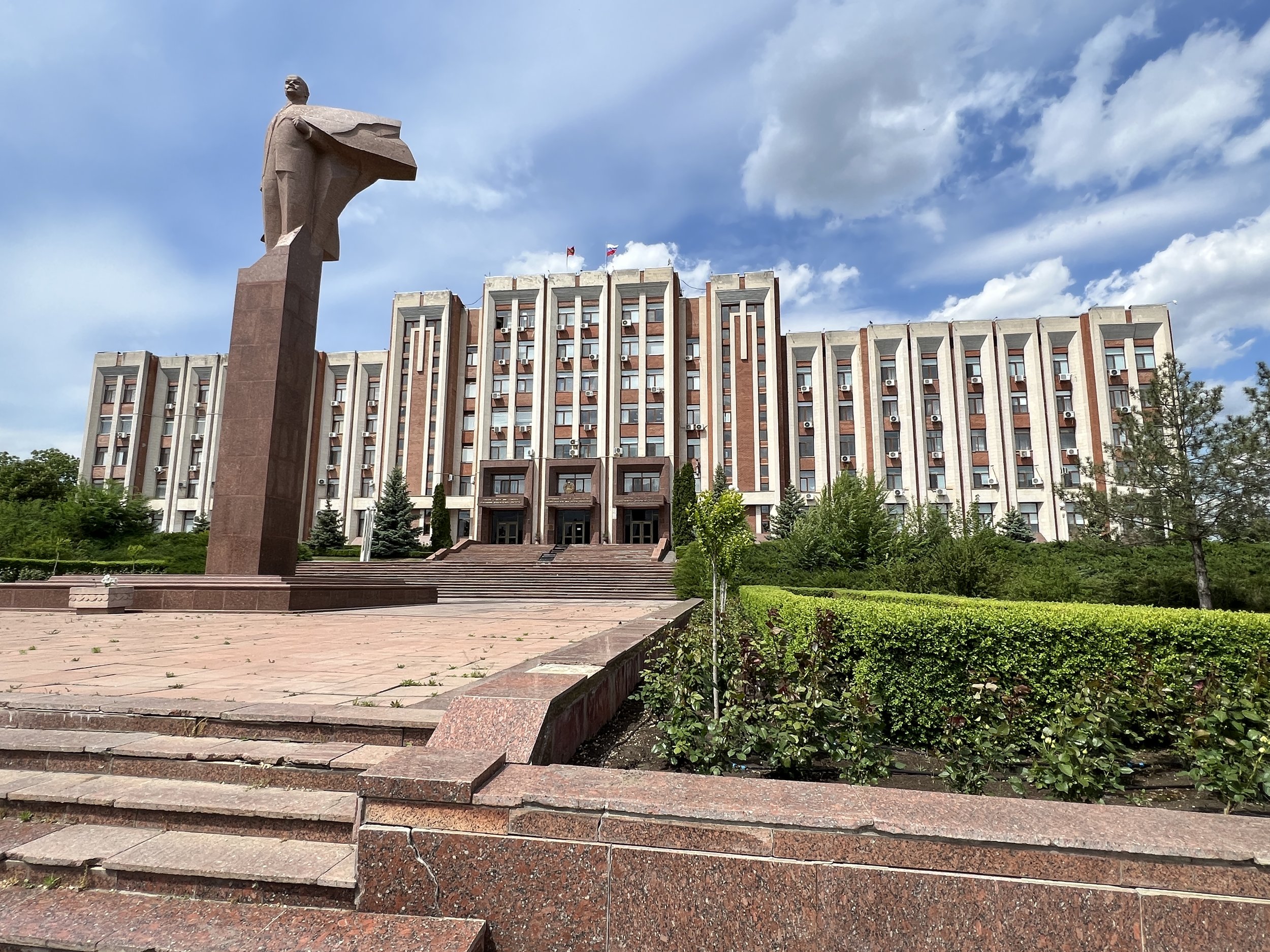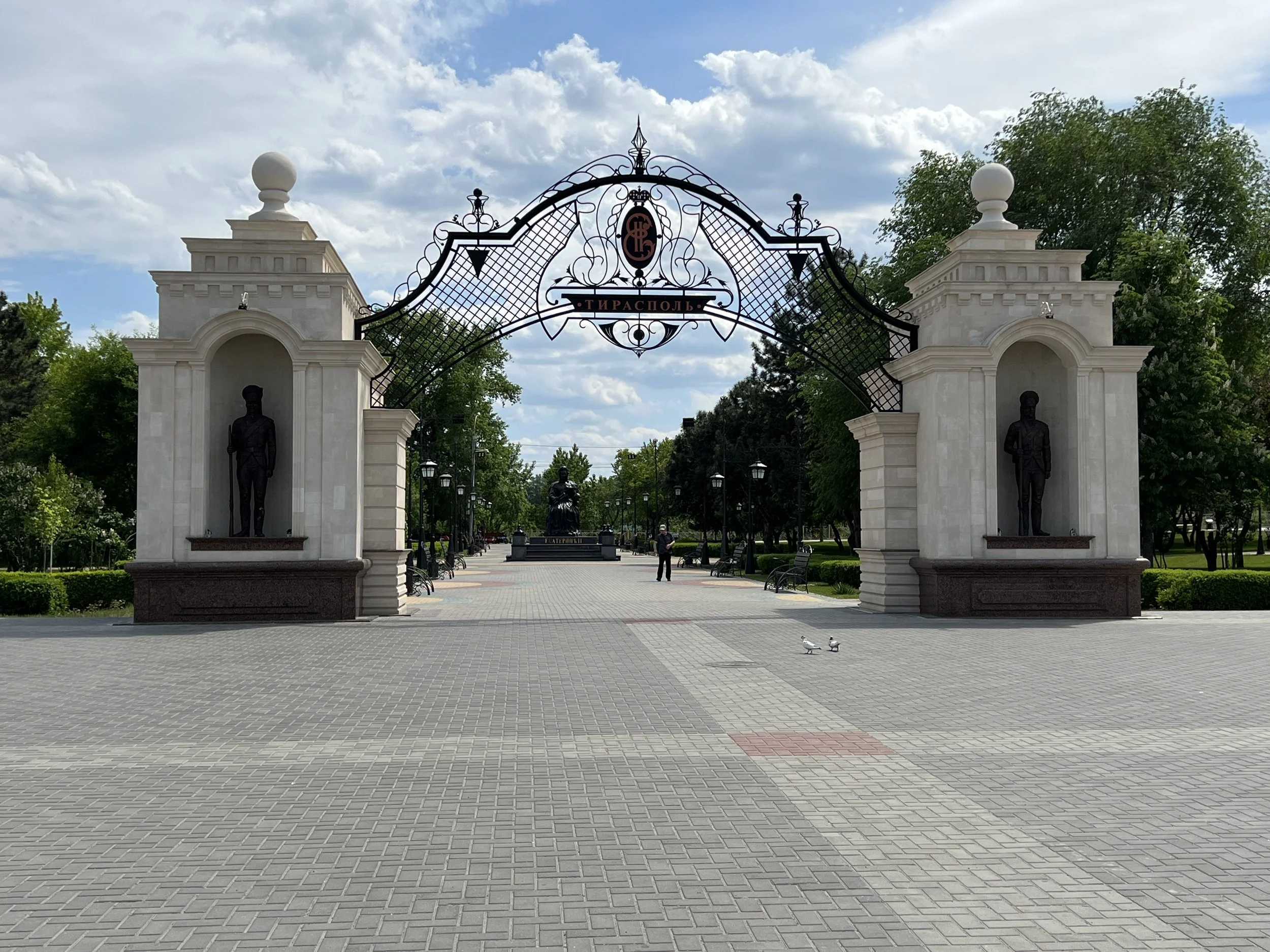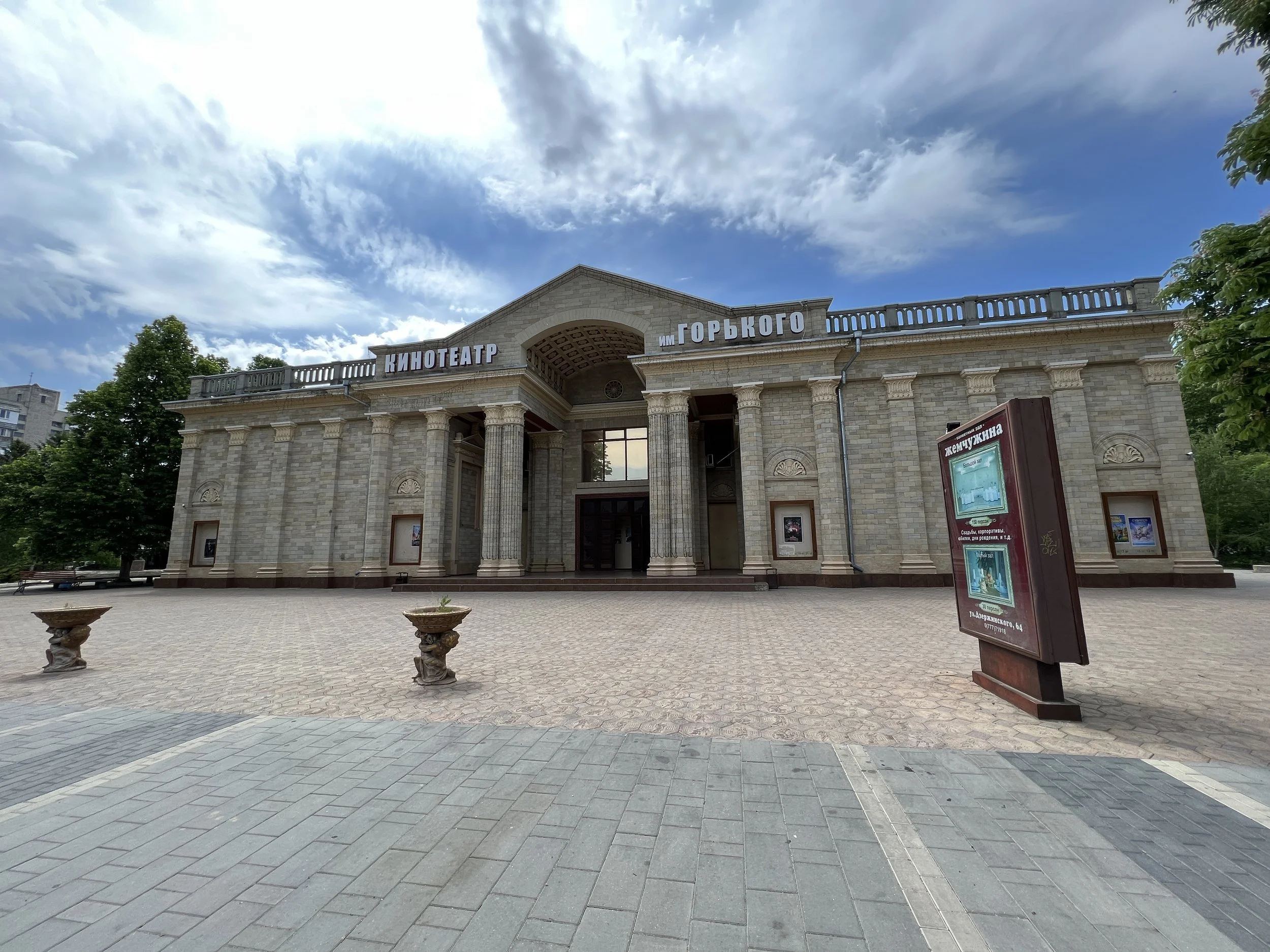Visiting a Country That Doesn’t Exist: A Day in Transnistria
Located in the north of Moldova, on the banks of the Dniester River and on border with Ukraine, lies the unrecognized nation of Transnistria.
You might be asking yourself — Philippe: if it’s unrecognized then how is it any different than me declaring a country in my backyard? Well, if your backyard is home to a border checkpoint, currency, and Russian military base then, yes, it’s not any different.
What / Where is it?
Moldova is a small Eastern European nation — nestled underneath Ukraine. It’s known to be the least visited country in Europe, which I personally think is a shame given the beautiful scenery and wineries as well as friendly people. Transnistria is a breakaway state in the north of the country.
Getting There:
First, you must fly to Chisinau, Moldova which is connected to cities like Vienna, Austria and Istanbul, Turkey. From there, the drive to the Transnistrian border is about one hour. You can take a private car with guide like I did — this is bookable for about $100 on sites like TripAdvisor. You can also take a shared van from Chisinau. Traditionally, you can also enter Transnistria via road from Ukraine, but that is not currently possible.
You pass through three sets of guards to get into Transnistria. First, you pass by the Moldovan police. They do not stop you because, to them, you’re just heading to another part of their country. Next come the Russian peacekeepers. My guide told me these are always “young Russian male soldiers who do not smile.” They are armed and even had a tank behind a fence, but I was told they are not allowed to stop people. Next come the Transnistrians. Here, you to enter an office, hand over your passport, tell them the details of your visit, and you get back a slip of paper that says what cities you’ll be visiting and how long you’ll be there. Citizens of any country can enter Transnistria for 45 days without a visa, but I just spent the day there.
What to Do There:
The number one thing to do in Transnistria is to see all the monuments and signs honoring the Soviet past. After passing the border we first went to a Sheriff grocery store in Bender to exchange some money. Sheriff is a local conglomerate that monopolizes many industries. Afterwards, we walked in the downtown area to see some of the government buildings, a church, and an old train.
Then we went to the Bender Fortress which was reconstructed by the Ottomans. It was in great shape after an EU-funded renovation, and the little museum provided some solid information on the history.
Bender Fort
After our stroll through the fortress, it was time to go to the capital of Tiraspol. We first stopped at a Soviet canteen for some lunch. Eating my borsht and fried pork in this setting with Soviet movies on TV really made me feel like I was in some Soviet outpost.
Walking around the capital was simply fascinating. For a place with very little industry, they sure have a large budget for monuments, flag poles, and statues of Lenin. I’ll let these pictures speak for themselves because this is definitely one city I left with more questions than answers.










Isn’t it dangerous?
I didn’t sense any danger whatsoever while in Transnistria or “mainland” Moldova. My guide told me there have been no issues to safety, but that since the Russia-Ukraine conflict began in early 2022 very few people have taken this tour with him.
My Thoughts
I’ve long heard of people traveling to certain destinations where they leave more confused than when they first went. That was Transnistria for me. My thoughts on the Soviet Union aside, I find it strange that they are so patriotic and melancholic that the days of the Soviet Union are over while being a capitalistic society. Nevertheless, for tourists, this is an intriguing destination just off the beaten path of European travel sites.
Moldova is UN Country #59 for me.











